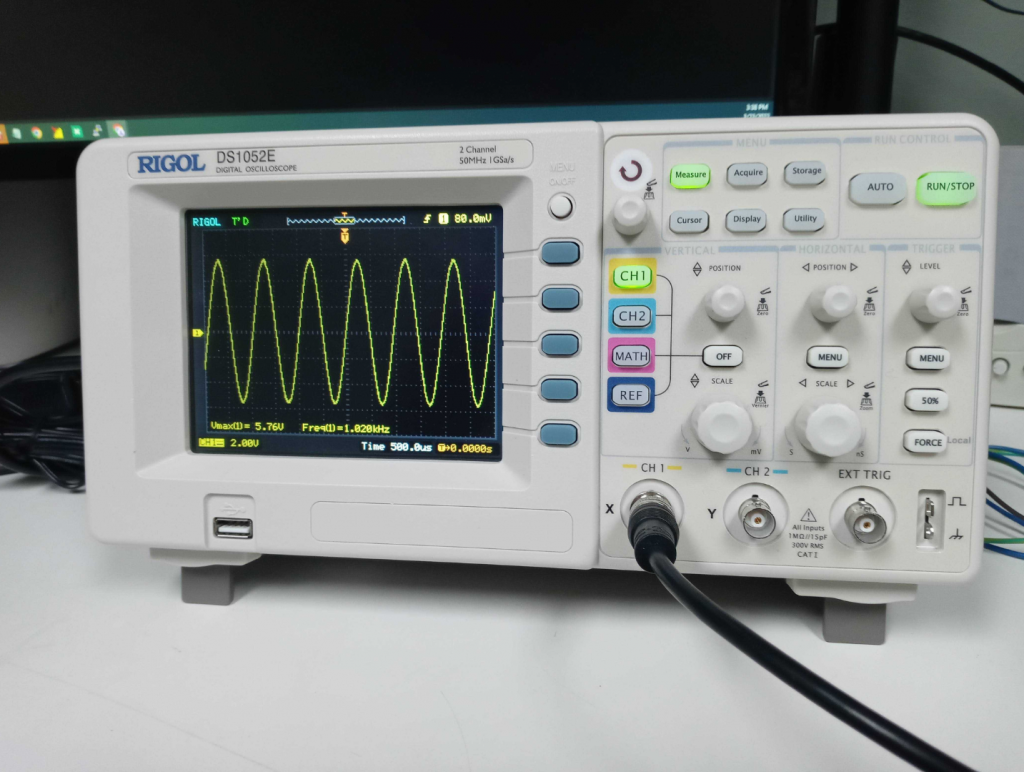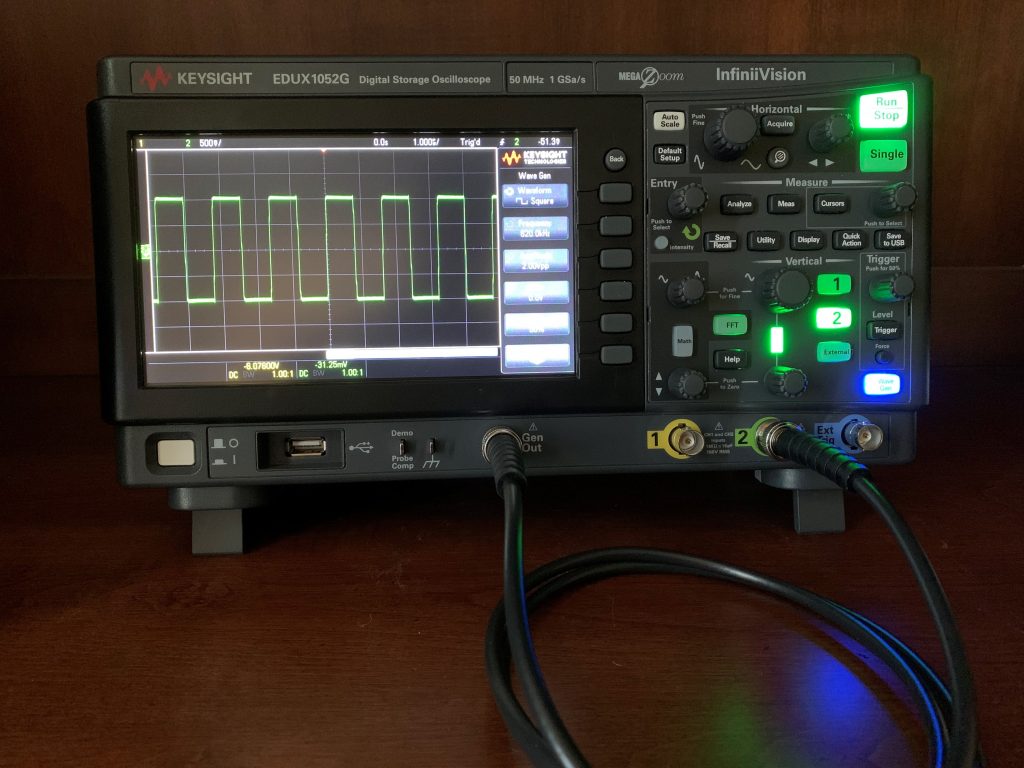Oscilloscopes are indispensable tools in the world of electronics. They allow engineers and technicians to visualize and analyze electrical signals, providing valuable insights into circuit behavior. One crucial feature that enhances the utility of oscilloscopes is the trigger function. Among the various trigger options available, TTL triggers play a significant role in capturing and analyzing digital signals.

The Basics of Oscilloscope Triggering
Trigger Source: Oscilloscopes offer multiple trigger sources, such as an external input, a specific channel’s waveform, or an internal signal generator. The trigger source is the signal that the oscilloscope uses as a reference to begin capturing and displaying waveforms.
Trigger Level: Users set a voltage threshold, known as the trigger level, against which the selected trigger source’s signal is compared. The trigger event occurs when the signal crosses this threshold in the specified direction (rising edge, falling edge, etc.).
Trigger Mode: Oscilloscopes support various trigger modes, including edge triggering, pulse width triggering, and more. Edge triggering, which focuses on signal transitions (rising or falling edges), is one of the most commonly used trigger modes.
TTL triggers, as the name suggests, utilize Transistor-Transistor Logic (TTL) signals as the trigger source. TTL is a digital logic family with well-defined voltage levels for representing binary values: a low voltage level (typically 0 to 0.8 volts) represents logic ‘0,’ while a high voltage level (typically 2.0 to 5.0 volts) represents logic ‘1.’
How TTL Triggers Work
Here’s a breakdown of how TTL triggers work in oscilloscopes:
Selecting the Source: To use a TTL trigger, you must first choose a TTL-level signal as the trigger source. This can be a digital signal from an external circuit or device.
Setting the Threshold: You specify a trigger level on the oscilloscope. The oscilloscope continuously monitors the TTL signal, and the trigger event occurs when the signal crosses the threshold in the specified direction (rising or falling edge).
Choosing Trigger Mode: TTL triggers are often employed in edge trigger mode, where the trigger event is initiated by the edge (rising or falling) of the TTL signal crossing the specified threshold.
Stabilizing the Display: The TTL trigger helps stabilize the display of the waveform on the oscilloscope screen. It ensures that the oscilloscope captures the signal precisely when the desired transition occurs, preventing the waveform from jittering or drifting.

Why TTL Triggers Matter
TTL triggers are especially valuable in scenarios involving digital circuits or systems. Here’s why they are essential:
Synchronization: TTL triggers allow you to synchronize the oscilloscope’s display with specific TTL-level events or signals. This synchronization is crucial when you need to capture and analyze digital waveforms accurately.
Digital Signal Analysis: When working with digital circuits, you often need to examine signal transitions. TTL triggers enable you to trigger the oscilloscope precisely when a particular digital signal transitions from ‘0’ to ‘1’ or ‘1’ to ‘0,’ making it easier to analyze digital data.
Precise Measurements: For accurate measurements, triggering at the right moment is crucial. TTL triggers ensure that you capture the signal precisely when needed, enhancing measurement accuracy.
In conclusion, TTL triggers in oscilloscopes are essential tools for engineers and technicians working with digital electronics. They provide the means to precisely capture and analyze digital waveforms, ensuring that important transitions and events are not missed. Understanding and utilizing TTL triggers effectively can greatly enhance the capabilities of an oscilloscope, making it an invaluable asset in the field of electronics.
Additional Information







